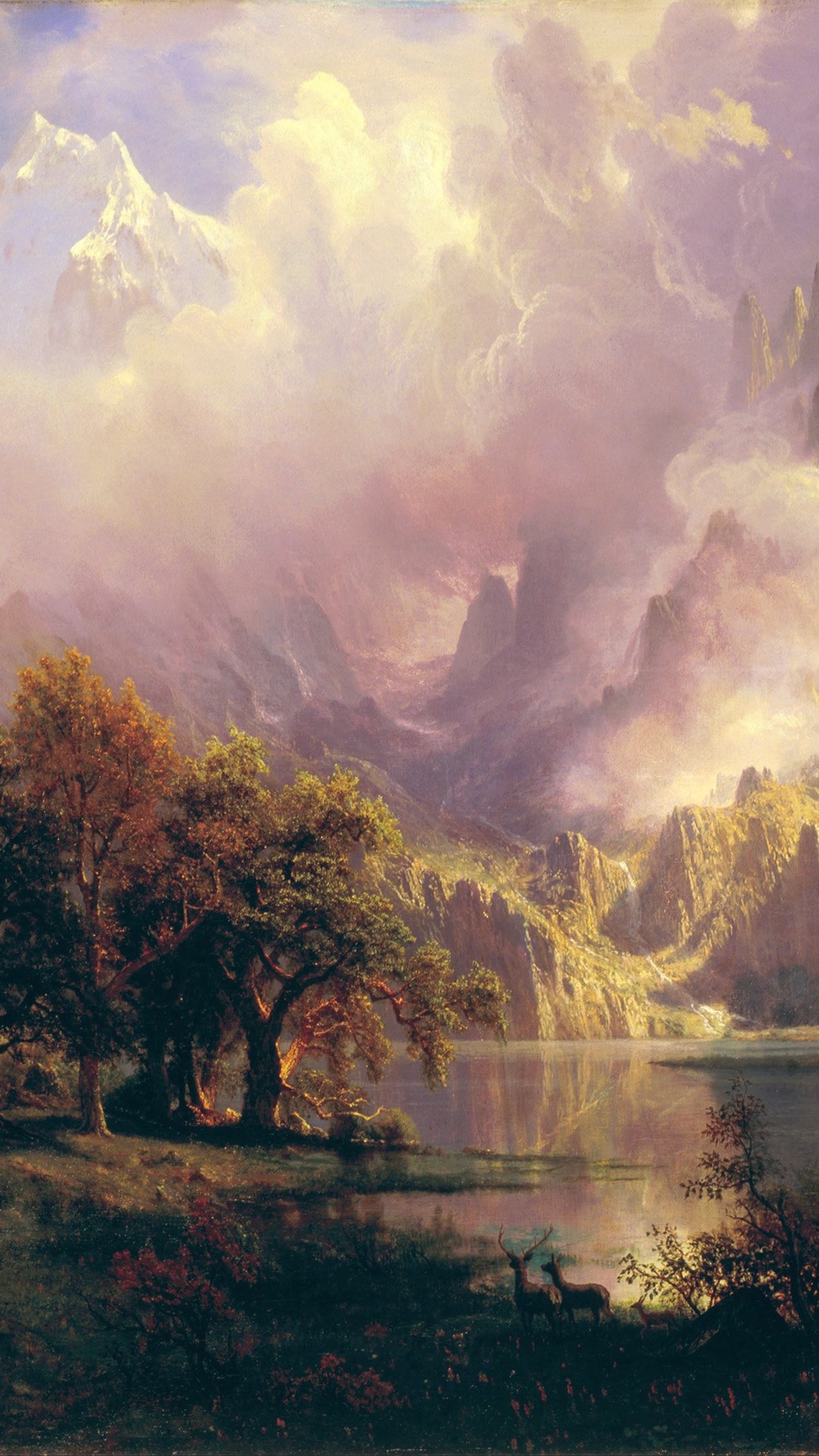Retro graphic
This painting by Pieter Bruegel the Elder depicts the incredible construction of the Tower of Babel. The painting features numerous arches and portrays the real essence of Roman engineering https://ajiramedia.com/. Bruegel visited Rome and studied the Roman ruins before attempting the painting to show its true layers and the ascending spiral design.
It is thought that the man depicted in this painting is the same one depicted in The Geographer. Also, it is thought that the man in both paintings is Antonie van Leeuwenhoek, the father of microbiology, but this has never been proven as fact.
Claude Lorrain painted many harbor scenes throughout his years, although this is generally considered his best. An interesting fact is that this is one of the very first paintings bought by the National Gallery, London, in 1824.

Visual
Setup adds Visual Studio Code to your %PATH% environment variable, to let you type ‘code .’ in the console to open VS Code on that folder. You need to restart your console after the installation for the change to the %PATH% environmental variable to take effect.
As of version 1.78.1, VS Code on Windows only allows access to UNC paths (these begin with a leading \\) that were either approved by the user on startup or where the host name is configured to be allowed via the security.allowedUNCHosts setting.
Remote Tools for Visual Studio 2022 enables app deployment, remote debugging, remote testing, performance profiling, and unit testing on computers that do not have Visual Studio installed. Use of this tool requires a valid Visual Studio license.

Setup adds Visual Studio Code to your %PATH% environment variable, to let you type ‘code .’ in the console to open VS Code on that folder. You need to restart your console after the installation for the change to the %PATH% environmental variable to take effect.
As of version 1.78.1, VS Code on Windows only allows access to UNC paths (these begin with a leading \\) that were either approved by the user on startup or where the host name is configured to be allowed via the security.allowedUNCHosts setting.
Theatrical artwork
Theatre art stands as a testament to human creativity and expression, offering a vibrant tapestry of stories, emotions, and ideas woven together on stage. Through its power to entertain, provoke thought, and inspire change, theatre continues to captivate audiences worldwide. From classic plays to innovative experimental performances, the enduring allure of theatre art lies in its ability to transcend time and connect us to the shared experiences of humanity. As we applaud the past achievements and eagerly anticipate the future innovations in this dynamic art form, let us continue to celebrate the transformative magic of theatre.
In contrast to short stories or novels where readers often have to wait for a character’s introduction to discern their significance, plays typically present characters prominently and early on. The character list is usually found in the initial pages of the play because, prioritizing action over narration, actors need to familiarize themselves with their roles.
In line with dramatic performances becoming more visual, stage sets in the 18th century became more elaborate. Philip James de Loutherbourg’s work at Drury Lane Theatre was particularly noteworthy: he is credited with introducing three-dimensional scenery instead of flat painted screens behind the actors.














